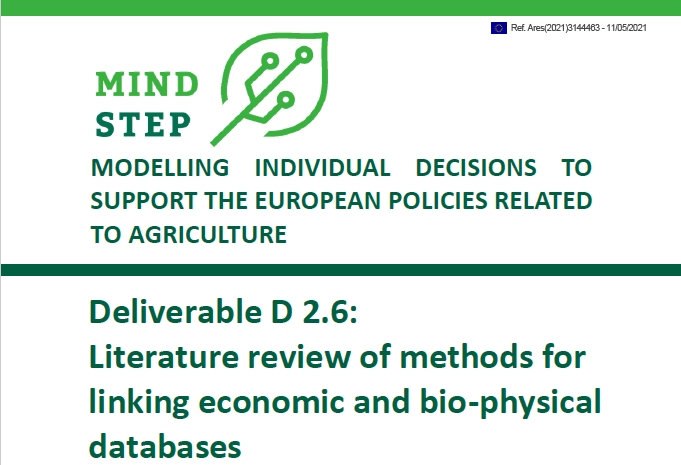Recent CAP reforms have introduced farm-specific measures whose uptake and economic effects differ significantly between individual farms. Consequently, there is an increasing demand for micro level assessment. While for some indicators the farm location is not an issue for others accurate information of bio-physical endowments of the farm is necessary, e.g., soil erosion, landscape diversity, biodiversity or GHG emissions. However, a general limitation is that although often collected, spatial location of the farms in underlying databases are not available due to confidentiality regulations. This is also the case for the predominant data base FADN used in MINDSTEP to develop single farm models and modules. To overcome this shortcoming researchers have developed in the past different strategies to adjust their models to address spatially relevant topics. This report provides a review of existing approaches. Particular of interest for MINDSTEP are approaches at the EU scale but also approaches with a more regional focus have been reviewed. For EU wide approaches, the locations of farms are estimated as a probability estimate in a spatial unit with homogenous conditions. Land use shares and expected yields from the FADN database were assigned to spatial unit by a statistical procedure combining observations on land use and herd sizes with available aggregated information on land use, animal herd sizes or number of farms of a particular specialization in a region. Such approaches at EU scale are computationally demanding but necessary to more realistically model farmers behaviour and to better assess economic and environmental impacts of EU policies.
This deliverable will be accessible once approved by the European Commission.

